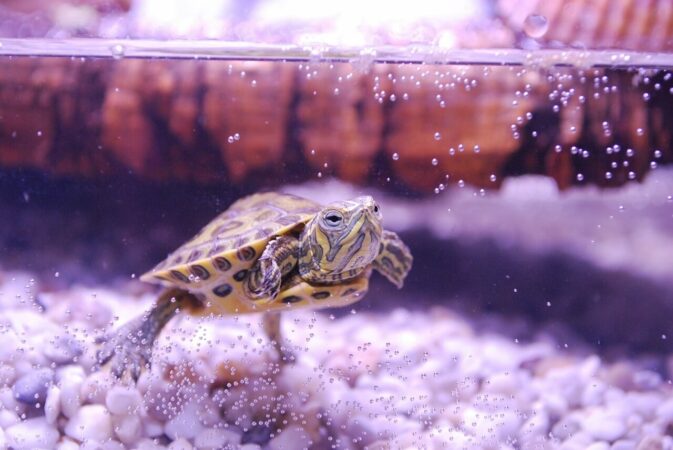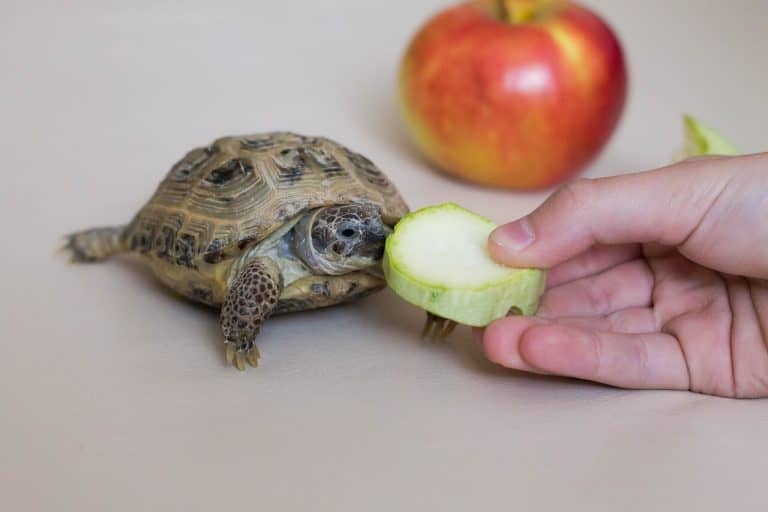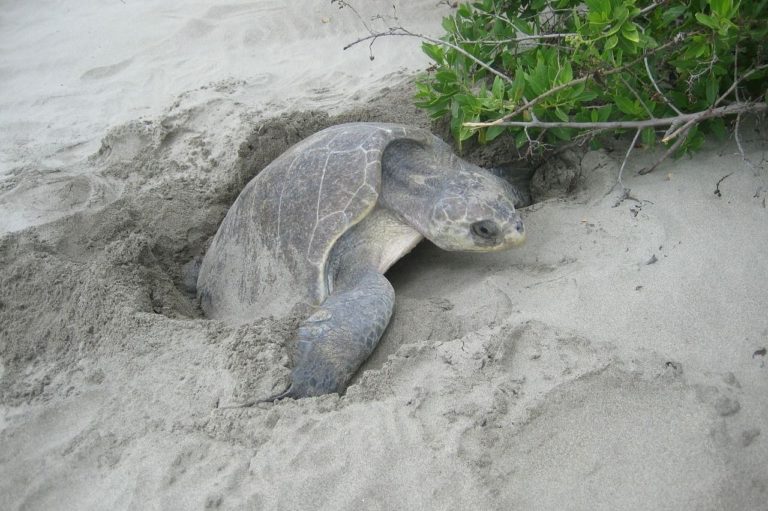The Ultimate Guide to How to Keep a Turtle Tank Clean
Imagine this scenario unfolds: you’ve just welcomed a pair of turtles into your abode, carefully placing them within the confines of a tank. Alas, within a mere couple of days, the once crystal-clear water transforms into a murky abyss, emitting an unpleasant odor reminiscent of a public restroom, compelling you to maintain a safe distance.
[amazon box=”B07DBJ9YVB” grid=”1″ price=”none”]
This sight is far from pleasing, and, more importantly, it poses a threat to the health of your turtles. Thus, the onus falls upon you, the owner, to ensure the cleanliness of the turtle tank, fostering an environment conducive to both their well-being and your peace of mind. But, do you possess the knowledge required to maintain a pristine turtle tank?
The prevailing sentiment often suggests that it’s a challenging endeavor. However, what if I were to assert that keeping a turtle tank clean isn’t as laborious as conventional wisdom would have you believe? Intrigued? Well, let’s unravel the intricacies together.
How to Keep a Turtle Tank Clean:
Decoding the Art of Turtle Tank Cleanliness:
Turtles, renowned for their messy disposition, exhibit a blatant disregard for the cleanliness of their abode. As their custodian, the responsibility rests squarely on your shoulders to ensure their tank remains a sanctuary of cleanliness, contributing to their joyous existence.
Embrace Spacious Dwellings:
The foundational principle for a pristine turtle habitat is an ample living space. Opt for a container of substantial size; small tanks pose dual challenges—they’re arduous to clean and unsuitable for the turtles. Enter the “rule of shells,” a guiding metric suggesting that for every straight length of turtle carapace, the tank should accommodate 10 gallons of water. This means, for a 2.5-inch turtle carapace, the tank should hold 25-30 gallons of water.
[amazon box=”B00ESBHN1Q” grid=”1″ price=”none”]
Harness the Might of the Right Tank Filter:
Efficient maintenance of turtle tank water hinges on deploying an apt tank filter, with a nod towards the commendable canister filter. This stalwart not only boasts a formidable pumping capacity but also undertakes both biological and mechanical filtration within the turtle domain. Consequently, it alleviates the burden of frequent tank cleaning, extending the interval between water replacements.
For aquatic turtles, notorious for transforming tanks into murky realms, the canister filter emerges as an indispensable ally.
[amazon box=”B083NRD2HJ” grid=”1″ price=”none”]
Addressing Leftover Residues Through Vigilant Vacuuming
Turtles, notorious for leaving sizable portions of their meals untouched, contribute to the foulness of tank water and the generation of harmful ammonia. Ammonia, a precursor to nitrogen cycle propagation, poses a severe threat to pet turtles.
Therefore, adopting a vigilant approach to tank bottom cleanup through a dedicated vacuuming system is imperative. Aim for at least four cleaning sessions monthly, choosing a BPA-free vacuum with an extended nozzle for thorough and turtle-safe cleaning.
Important Note: A top-tier canister filter diminishes the frequency of vacuuming to 1-2 times monthly, leveraging an internal mechanism to bolster beneficial bacterial colony growth, thereby curbing ammonia formation.
The Sterilization Symphony
A caveat precedes delving into this process—turtle tank water doesn’t necessitate routine UV-light sterilization akin to regular filtration and vacuuming. Reserve this procedure for situations demanding urgent attention, perhaps bi-monthly or as circumstances dictate.
If the tank water adopts a dark green or cloudy hue due to organic material accumulation, a comprehensive sterilization utilizing UV lights becomes imperative. Allow 3-4 days for the sterilization process post UV-light installation, ensuring the tank water attains an exemplary state of cleanliness.
[amazon box=”B007TTXPY8″ grid=”1″ price=”none”]
Punctual Water Replacements: A Key Tenet
Regular water changes constitute a pivotal component of turtle tank upkeep. The frequency of water changes depends on variables such as the number of turtles, tank capacity, and the efficiency of your filtration system.
Assuming an adequately sized tank coupled with a robust siphon-type water vacuum, monthly water changes might suffice. Noteworthy is the need to deactivate the tank heater during water replacement to prevent overheating.
Aerating the Aquatic Abode:
While turtles primarily draw oxygen directly from the air, adequate tank water aeration enhances their overall well-being. Effective aeration serves to deter the growth of anaerobic bacteria averse to oxygen, ensuring an oxygen-rich environment for your turtles.
Enlisting the Aid of Freshwater Floating Flora:
Introducing floating plants to the turtle tank emerges as a strategic move to reduce maintenance efforts. These plants, including Water Lettuce, Dwarf Duckweed, Hornwort, Amazon Frogbit, and Giant Duckweed, utilize nitrate and ammonia as growth fertilizers, curbing the proliferation of harmful bacteria and fostering a cleaner tank.
Incorporating Working Fish and Shrimp Allies
Shrimps and certain fish species boast self-cleaning proclivities in tank water. Shrimps actively consume leftovers and algae, contributing to the tank’s cleanliness. Species like Plecos and Oto’s, characterized as scavengers, subsist predominantly on leftovers and algae.
The addition of a couple of cherry shrimps or efficient fish not only aids in tank maintenance but also introduces a vibrant and colorful dimension to the aquatic spectacle.
Concluding Remarks
Armed with these strategies and insights, you are now equipped with the knowledge to effortlessly maintain a clean and healthy environment for your turtle companions. Before we bring this discourse to a close, let’s swiftly recap the essential guidelines for seamlessly preserving the cleanliness of your turtle tank:
Regular Canister Filter Maintenance: Replace the canister filter media every two months to ensure optimal performance.
Frequent Water Changes: Undertake tank water cleaning 3-4 times each month to keep the aquatic habitat in pristine condition.
Strategic UV Sterilization: Employ UV sterilization approximately twice a month or as needed, especially when encountering dark green or cloudy water.
Efficient Vacuuming Routine: Execute thorough vacuuming sessions 1-2 times monthly, or as advised by a reliable canister filter, to maintain a healthy tank bottom.
Aeration for Oxygen Abundance: Prioritize proper aeration to sustain oxygen levels in the tank, mitigating the growth of anaerobic bacteria.
Incorporate Freshwater Floating Plants: Introduce Water Lettuce, Dwarf Duckweed, Hornwort, Amazon Frogbit, or Giant Duckweed to naturally absorb nitrates and ammonia, promoting a cleaner tank.
Embrace Working Fish and Shrimp Allies: Consider adding cherry shrimps, Plecos, Oto’s, or other scavenger fish to assist in algae and leftover consumption, contributing to both cleanliness and visual appeal.
In adhering to these guidelines, you can maintain a clean, vibrant, and harmonious environment for your pet turtles. Revel in the joy of caring for these fascinating creatures, secure in the knowledge that your dedication ensures their well-being.





